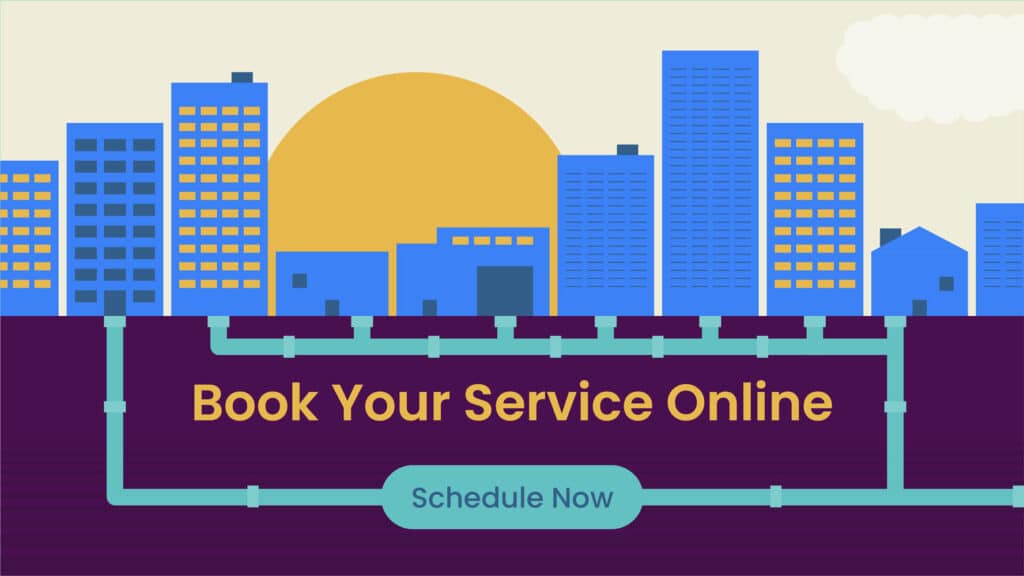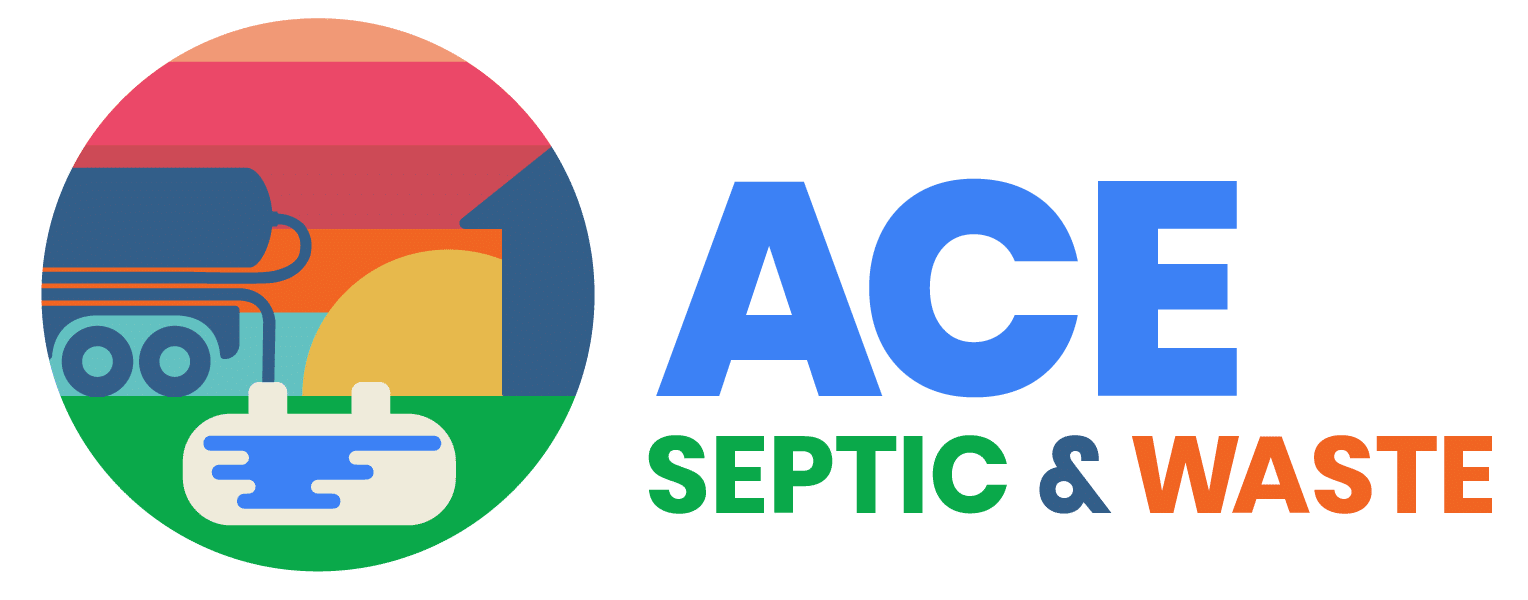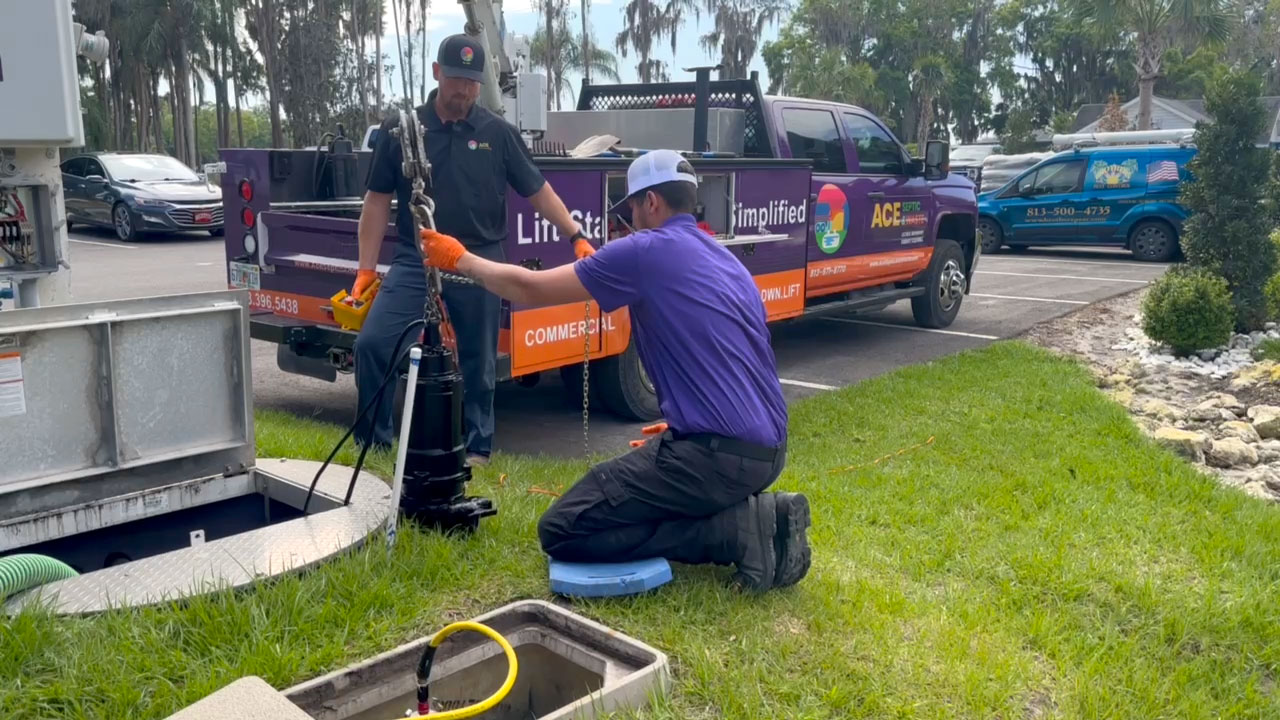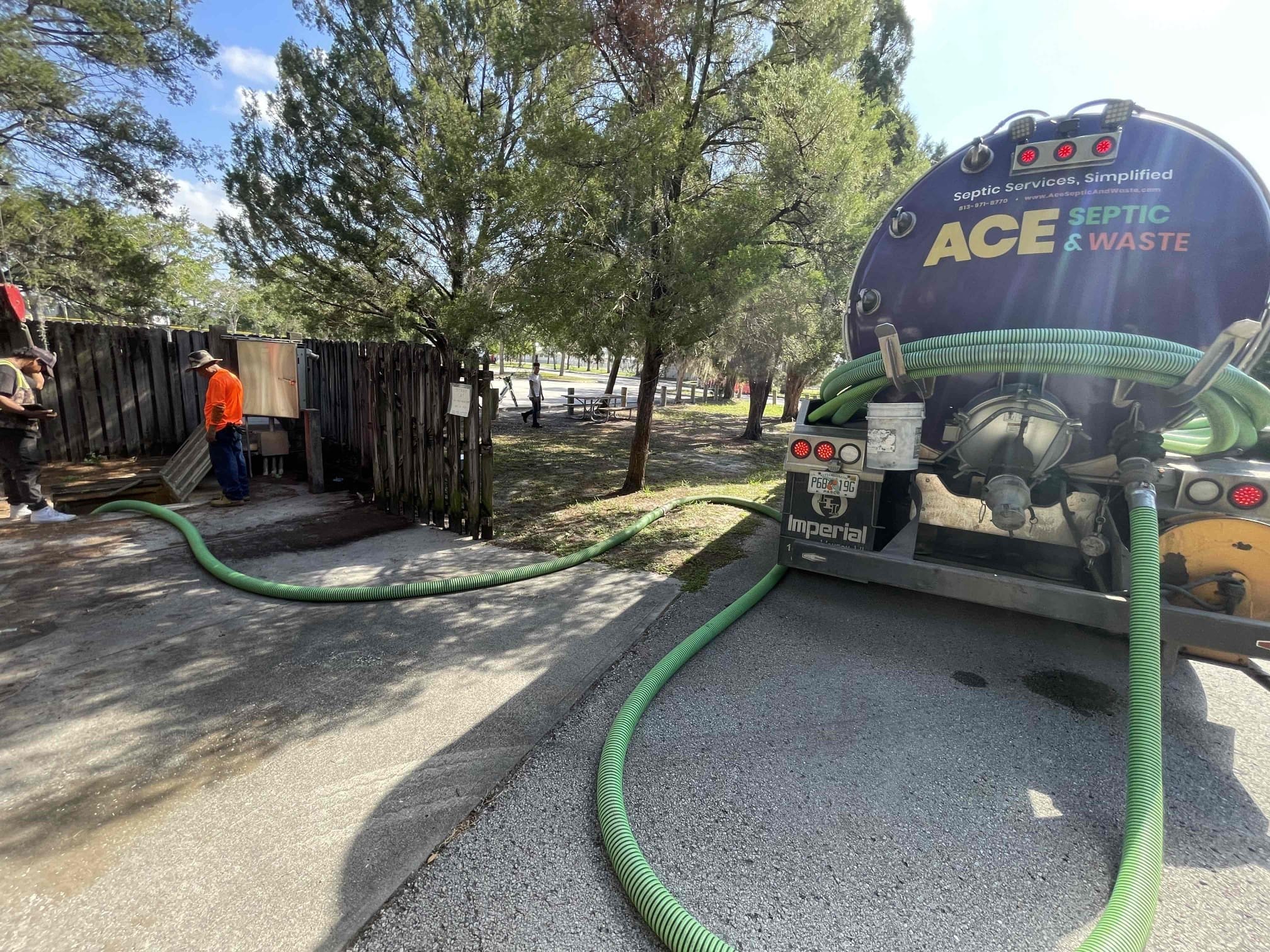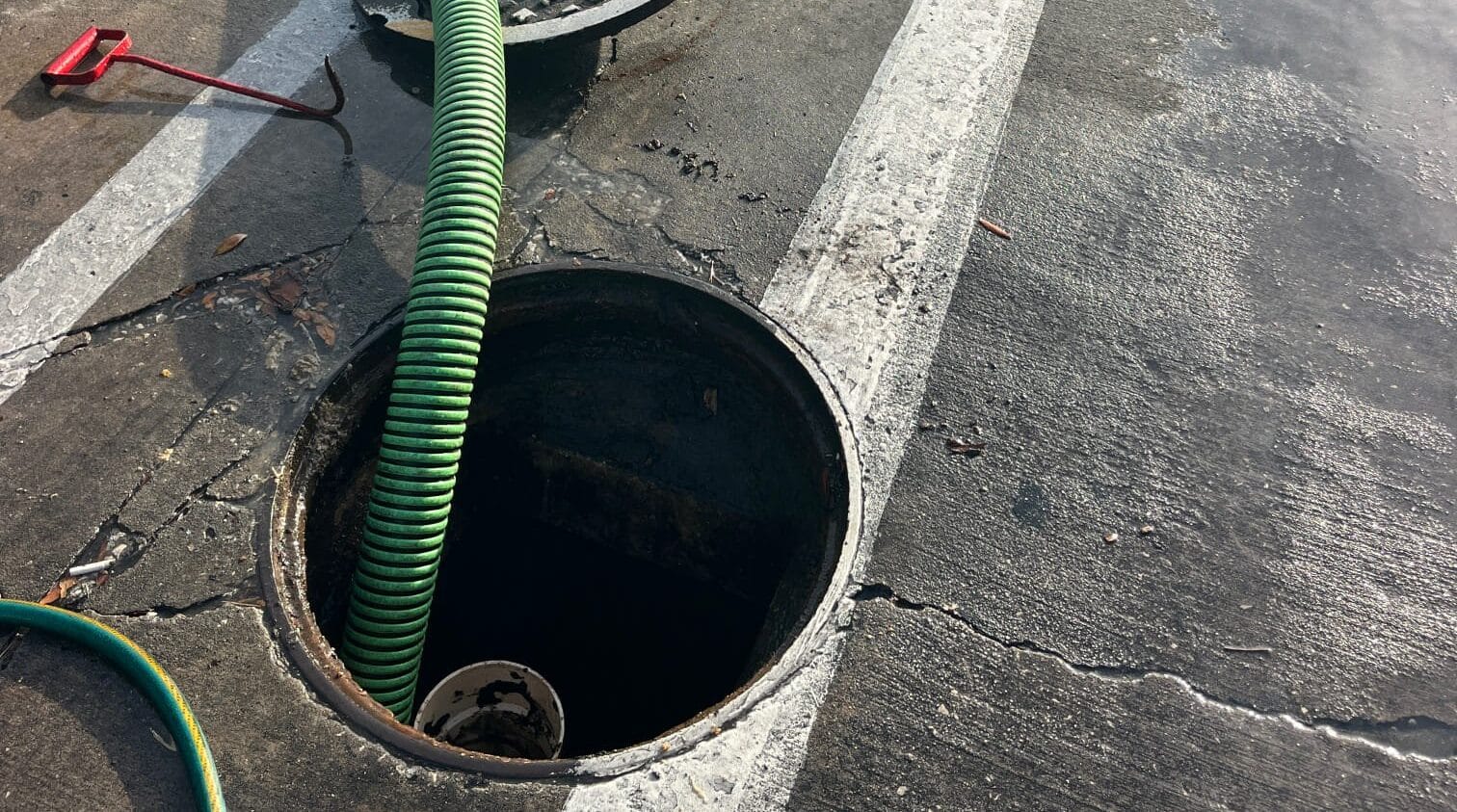Lift stations are critical to managing wastewater in properties where gravity alone can’t move sewage to its destination. Whether you’re overseeing a municipality, industrial complex, or multi-tenant commercial site, a lift station failure isn’t just inconvenient—it can halt operations, trigger environmental violations, and cost thousands in emergency repairs.
If you have an aging lift station system, are experiencing repeated alarms, or lack modern monitoring features, it might be time to consider a retrofit. This guide walks you through the what, when, and why of lift station upgrades—and how a strategic retrofit can prevent problems before they happen.
What Is a Lift Station Retrofit?
A lift station retrofit involves upgrading one or more components of your existing wastewater system without starting from scratch. Instead of full system replacement, retrofits target outdated, inefficient, or prone-to-failure parts, bringing the entire system up to current standards through regular maintenance while minimizing costs and downtime.
Common elements upgraded during a commercial lift station retrofit include:
- Pumps and motors
- Control panels and programmable logic controllers (PLCs)
- Float switches and level sensors
- Backup systems (battery or generator)
- Remote monitoring and alarm systems
- Structural rehabilitation of the wet well or pump basin
Signs It’s Time to Upgrade Your Lift Station
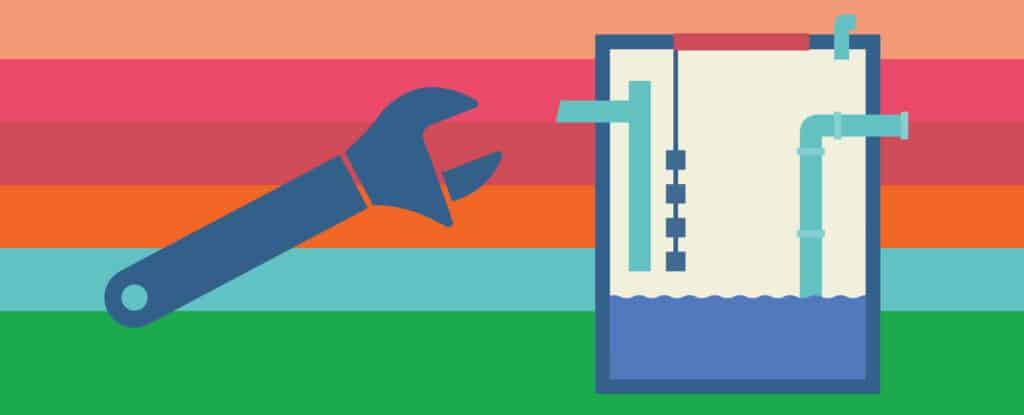
You don’t need a catastrophic failure to justify a retrofit. The smartest upgrades happen before things go wrong. Watch for these warning signs:
- Frequent pump clogging or breakdowns
- Control panel malfunctions or outdated relay-based controls
- Alarms are going off repeatedly, especially during rain events
- Escalating utility bills from inefficient pump operations
- Overflow events or recurring backups
- Lack of SCADA or remote monitoring features
- The lift station system is over 10–15 years old
Any one of these indicators suggests it’s time for a condition assessment and a potential upgrade plan.
Why Retrofitting Beats Waiting for Failure
Failing to act on these red flags can lead to high-stakes emergencies, often at the worst possible time. For municipalities, this can mean environmental contamination and noncompliance with state or federal wastewater regulations. For commercial facilities, it can lead to lost business, tenant complaints, and expensive service disruptions.
Proactively retrofitting your system before problems arise offers significant benefits:
- Cost savings: Planned upgrades are cheaper than emergency responses
- Regulatory compliance: Stay ahead of DEP or EPA requirements
- Liability reduction: Avoid backups, spills, and related lawsuits
- Operational continuity: Eliminate unplanned shutdowns or pump-outs
- Energy efficiency: Newer pumps and controls consume less power
Key Components Worth Upgrading
If you’re investing in a retrofit, these components typically offer the most impact:

Pumps and Motors
Modern pumps are more energy-efficient, better at handling solids, and last longer. Upgrading can reduce electricity consumption and avoid clogs.

Control Panels & PLCs
Older panels often lack diagnostics or automation. New panels support programmable logic, VFDs (variable frequency drives), and seamless SCADA integration.

Float Switches & Level Sensors
Replacing mechanical floats with ultrasonic or pressure-based sensors improves accuracy and reduces false alarms.

Backup Power Systems
Add or upgrade generators and battery backups to meet modern storm resiliency standards and avoid overflow events during outages.

Monitoring & Alarm Systems
Smart telemetry allows remote tracking of pump status, level changes, power supply, and emergency alerts in real time.
How to Plan a Retrofit Project

A well-executed retrofit follows a systematic process:
- System Assessment
Inspect all mechanical and electrical components, document failures, and evaluate current vs. future demand.
- Engineering Review
Review design specs to ensure flow rates, elevations, and peak capacity align with current usage and code.
- Develop Retrofit Scope
Prioritize upgrades based on urgency, budget, and long-term goals. Creating a retrofitting schedule can spread out the maintenance costs over time.
- Procurement & Installation
Work with licensed wastewater contractors who manage permitting, sourcing, and installation to minimize disruption.
- Testing & Commissioning
Validate flow, pump performance, alarm testing, and monitoring functionality before signing off on final delivery.
Common Lift Station Retrofit Scenarios We Handle
At ACE Septic & Waste, we see a wide range of commercial and municipal retrofit needs, including:
- Aging municipal lift stations struggling with outdated wiring and unreliable alarms
- Commercial plazas with new tenants increasing wastewater output
- Industrial facilities expanding capacity after upgrading production lines
- Emergency repairs where full replacement isn’t possible during storm season
- Stormwater/lift station combo systems requiring improved separation and automation
No two sites are the same, and we tailor each retrofit based on technical and regulatory demands.
Cost Considerations and ROI for Retrofitting
Retrofit costs vary based on component selection, access, and system condition, but the long-term ROI is clear:
- Lower energy and maintenance costs
- Extended system life (often another 10–15 years)
- Avoided emergency fees and environmental fines
- Improved operational visibility through monitoring
- Peace of mind during peak usage or weather events
If you’d like a customized quote for your system, our team can inspect your site and provide a retrofit plan that aligns with your budget and timeline.
Ready to Upgrade? Here’s What to Do Next
If your lift station is due for an upgrade, don’t wait for a failure. ACE Septic & Waste specializes in commercial and municipal wastewater systems across Central Florida. We offer:
- Comprehensive lift station assessments
- Licensed electrical, plumbing, and general contracting in-house
- 24/7 emergency response availability
- Complete system retrofits, installations, and intelligent monitoring integration
Let us help you modernize your lift station before problems arise, putting your entire system at risk.
Call 813-971-8770 or schedule an assessment today.
Lift station retrofits are a strategic investment to improve your infrastructure resilience, efficiency, and safety. Whether you manage a city’s utilities or a commercial site’s wastewater system, staying ahead of failures means prioritizing smart upgrades today.
For tailored advice on your retrofit needs, reach out to our team at ACE Septic & Waste. We’re ready to help Florida’s systems run smarter, cleaner, and longer.
